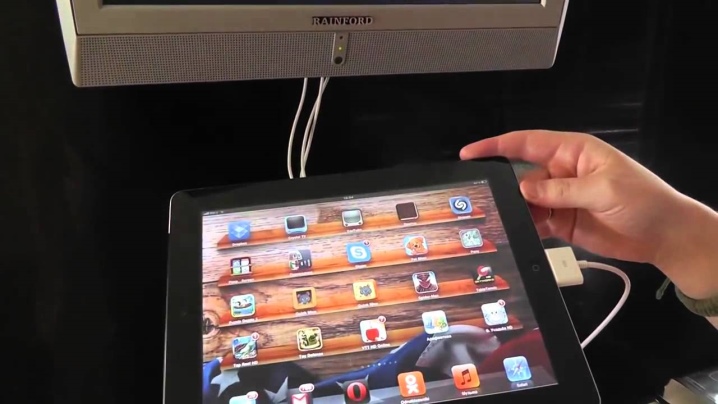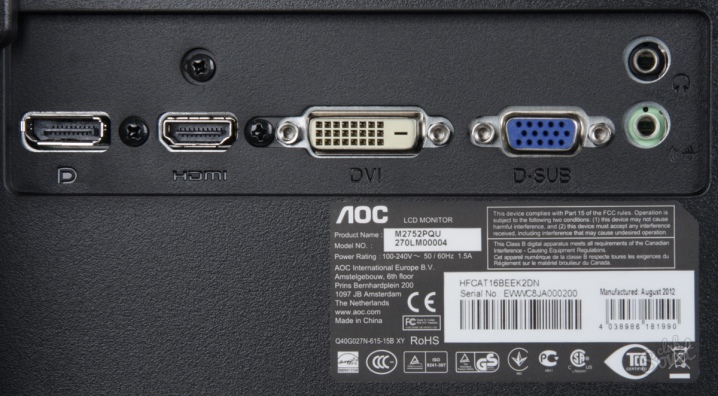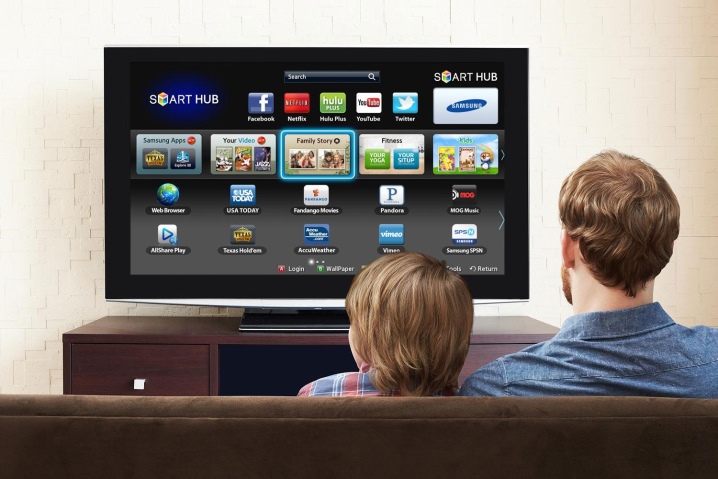How do I connect my tablet to a TV via USB?

Mobile devices increasingly penetrate our life and become an irreplaceable part of it. This was the case with mobile phones, and now tablets are becoming more and more popular. These small devices are a great solution from the point of view of mobility. In addition, they can be used as storage devices and, when connected to a TV, receive such an alternative to the so-called Smart TV. We will learn how to connect a tablet to a TV via USB in this article.

Peculiarities
To begin with, it should be said that you can connect the tablet to almost any TV, even the old one. The only thing is that you need the appropriate connectors and cables.

The most common technology is, of course, USB. Almost every modern TV that does not even claim to be "smart" has at least 1 connector of this type, thanks to which you can connect a flash drive or an external hard drive to it for watching movies, photos and playing music.
It is important that this method of connection will be convenient not only because it becomes possible to transfer video content from a tablet to a TV.
You can also charge the tablet at the same time, which is extremely convenient. And you can be sure that the device will not be discharged.

Another feature of such a connection will be the ability to transmit quite good sound and video quality... Connecting via USB version 2.0 will make it possible to watch videos in not very high resolution and be content with mono sound. But if the 3.0 standard is applied, then the video quality will increase, as will the sound quality. Although, all the same, the transmission of video of very high quality such as 4K in this case still will not work.

Connection instructions
In order to display the image on the TV screen and connect the tablet to it, you will need to have a cable with the appropriate connectors at hand. It will also be necessary that the devices themselves have similar electrical connectors. This solution will be excellent, because it will give you the opportunity to watch a movie or video in a fairly high quality.

Like a USB stick
So, if we need to create a connection in USB storage mode, then this will make it possible to watch pictures and videos on the TV screen, as well as play music that is in the tablet's memory. But this connection has some disadvantages. More precisely, cloning the image from the screen of the gadget will not work. Also, you will not be able to view a web browser page or streaming video on a TV screen.

To set up such a connection, you need to take a number of steps:
- first, the TV should be connect one end of the USB cable, and its other end should be inserted into a micro-USB type tablet socket;
- now the display of the gadget should appear special menu, where the item "Connect as a drive" will be present - select it;
- now on the TV remote control you need to press the "Source" key, which will make it possible to select a video signal source, in the menu that appears, you will need to select the "USB-storage" item;
- should appear on the TV screen list of available drives - by choosing one of them, you can see what files are on it.


As you can see, there is nothing complicated about such a connection.
But this method has a drawback - it will not work with devices that operate on Android 4.4 and higher.
Their connection in this mode has been replaced by an MTP-type connection. That is, by connecting the tablet in this way to the TV, recognition simply will not happen. In the best case, the TV will display the folders of the tablet's file system on the screen. But going into any of them, you will see that there is nothing in them. At the same time, on devices that run on the Windows Phone operating system, this problem is not observed.
It doesn't even help the fact that a TV and a tablet can be produced by the same manufacturer. That is, it is precisely the matter in the operating system. In the same time, if the Android version on your device is higher than 4.4, then the next option will definitely suit you.

As a media player
Devices with newer versions of the Android operating system can be connected in video player mode to watch movies. This option will be possible if when both devices support the so-called Mobile High Definition Link (or MHL) technology. This standard was developed with the participation of well-known manufacturers of mobile devices and equipment, including HTC, LG, Sony and others.
The essence of this technology is that it makes it possible to transfer from tablets to external display devices, be it a TV or monitor, streaming video with high-resolution sound. In addition, thanks to this technology, it is possible to clone any image from the tablet display.

In this case, the connection between the devices is established using the "micro-USB - HDMI" cable.

Usually, there is only one connector of this type on a TV and has a corresponding designation. In this case, the algorithm of actions will be almost identical to what we used with the previous connection option. The only difference is that you need to select the MHL-HDMI port as the external signal source.

The advantage of this connection method will be transmission of high-quality sound and video. At the same time, this requires more power consumption of the device, but it will charge in parallel, which is a guarantee that the tablet does not turn off at some point.

One of the important advantages of this method of connecting the tablet to the TV will be the fact that in this case there will be no visible delays when displaying video files on the tablet and the TV screen.
True, the resolution of the picture on the TV will correspond only to what the gadget can convey. By the way, if the MHL technology is supported exclusively by the tablet, then the connection will also be possible. But then you will need to have an active cable with an adapter. It turns out that, in addition to the micro-USB-connector and HDMI-jack, there must also be a USB-type connector, which will be needed to connect an external power supply.

There is another connection option called SlimPort. In use, this technology completely repeats the principle of MHL operation - using a cable or an adapter, the tablet is connected to a TV equipped with an HDMI connector.


Possible difficulties
If we talk about possible difficulties, then their list is not so long as it might seem. First of all, the main problem will be the presence of image problems when the tablet is connected to the TV. This can be due to various factors. The first and most common is the problem is in the cable itself. It can be broken, poorly made somewhere, or simply damaged. But since it has insulation, it is not so easy to detect this malfunction externally.

In addition, this may also be the reason that the TV does not see the tablet at all. It can also happen that the connector itself on the TV or tablet does not work.

Difficulties may also arise due to the fact that the firmware on the tablet was installed incorrectly or incorrectly. In this case, you need to reflash it. The same thing can happen with a computer.But this only applies to models that fall under the category of the so-called Smart TV.

Sometimes the reason why the TV does not see the tablet is the need to activate the appropriate mode on the tablet... This applies to samples from Chinese manufacturers. To fix this problem, just go to the settings and find the appropriate section, where you need to check the box in the corresponding item, after which the TV will see the tablet. As a last resort the tablet will just need to be rebooted.

In general, as you can see, connecting a tablet to a TV via USB is a fairly simple process that even a person who is not very tech-savvy can handle. The only thing to add is this method is not the most popular, because there are many other, more convenient methods of connecting the tablet to the TV. But they are available with certain connectors on the devices. Or, a good option would be to wirelessly connect the tablet to a TV or monitor.

In the next video, you can clearly get acquainted with the process of connecting the tablet to the TV via a USB cable.













The comment was sent successfully.